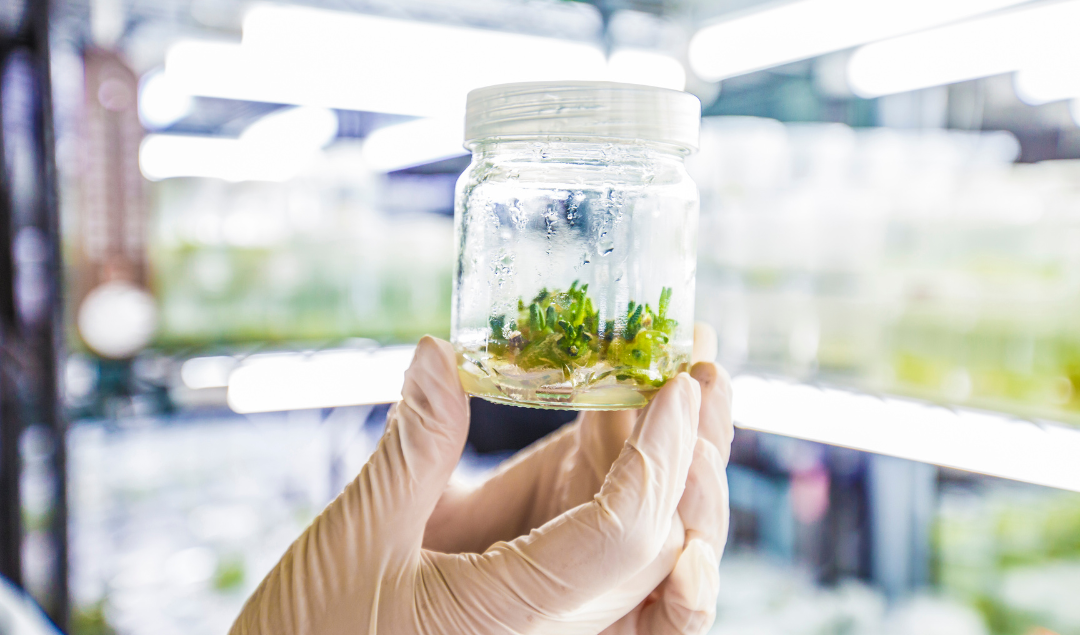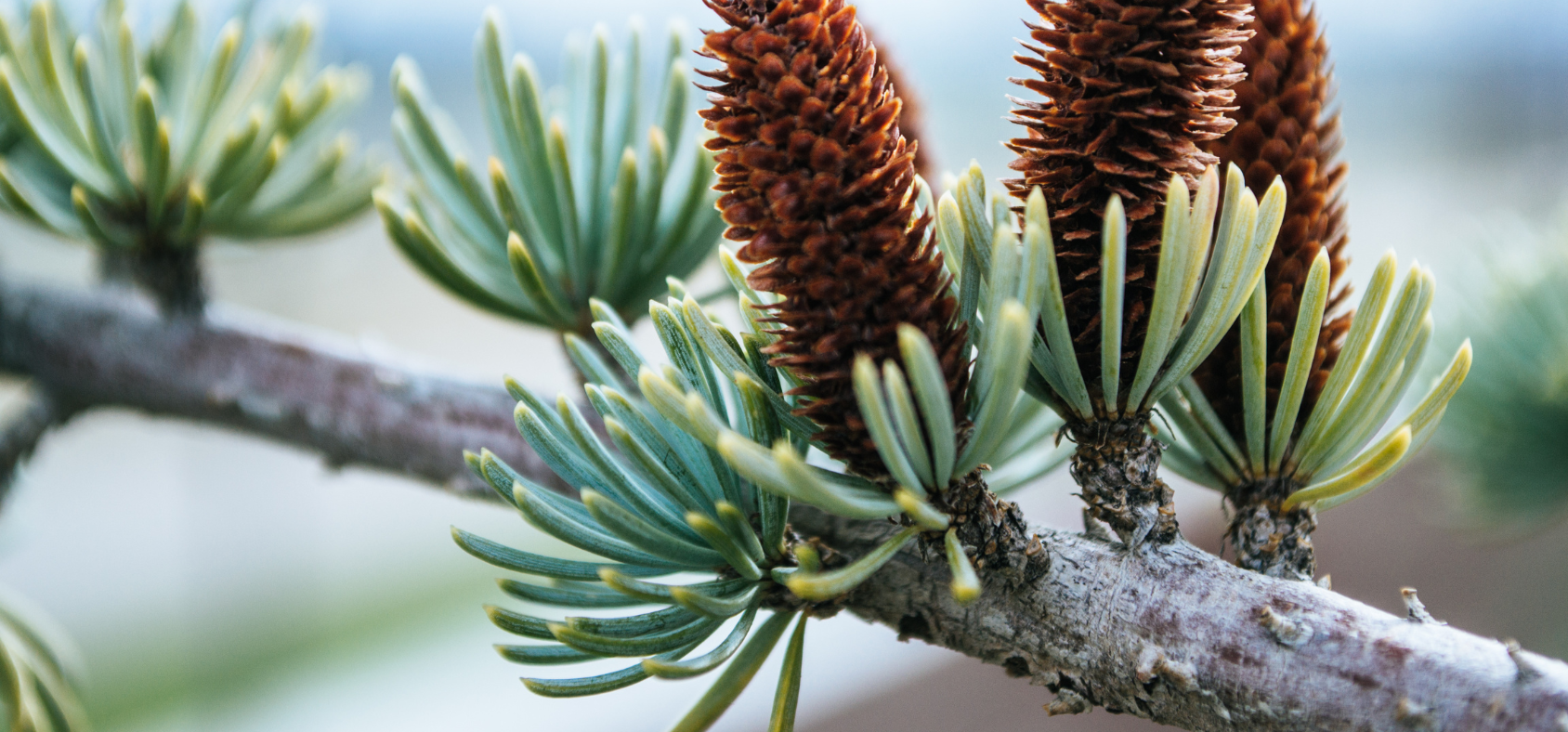Table of Contents

Thanks to tissue culture, we are able to understand plant morphogenesis and see how single cells can differentiate and perform specific functions. This makes tissue culture studies and research an indispensable advancement, and has made many plant cultivators happy growers.
By making use of the tissue culture process, growers are able to produce high-quality plants in a short time with little to no disease or virus. Let's take a look at where tissue culture comes from and how it has developed over the years…
Definition of Tissue Culture:
Before we rewind the years and get stuck into the hows and whens of tissue culture, we should take a look at what tissue culture actually is…
If you came here looking for the history of tissue culture, you probably already have a decent understanding of the subject. But, just to be safe, let's recap:
Tissue culture is the name given to the in vitro method of cultivating cells, organs, and tissues (whether animal or plant) with a nutrient solution in stringent lab conditions. A glass container is usually used for this method. One hallmark of this technique is that the living cells can be maintained for some time outside of the organism's body. Another name that refers to tissue culture may be sterile culture.
Thanks to plant tissue culture, we are able to raise new plants outside of the original host body. The artificial medium is usually gathered from the tips of shoots and roots as well as minuscule parts of the seed, callus, ovule, cell, pollen grain, or embryo.
If the artificial environment is made from plant pieces with stellar genetics, and the right environment is cultivated, then the cells will proliferate and new plants will develop from the cultured tissue.

History of Tissue Culture: a Timeline
It all began in 1832 when a man by the name of Theodor Schwann presented the crazy idea that you can grow cells outside of an original host body as long as stringent external conditions are created. These external conditions would need to create a sterile environment for the tissue culture to develop.
Three years after this seemingly improbable statement, a man named Wilhelm Roux proved the theory in 1835. Roux successfully performed the culture of embryonic chicken cells by using salt solution as his medium.
Fast forward another four years to 1839, and another man by the name of Reichinger proposed the first parameter for this revolutionary method. According to Reichinger's experiment, the tissue culture method would only be successful if the fragments had a minimum thickness of 1.5mm. Any piece thinner than 1.5mm would not be able to grow.
For almost 50 years after this advancement, the tissue culture method experienced little to no noteworthy mentions. In 1885, a researcher observed the growth of leucocyte cells from salamander in an artificial environment. And in 1903, another researcher noticed the same thing.
Have you heard of the Father of Tissue Culture? In 1907, Ross Granville Harrison, an American zoologist, was able to culture the nerve cells from a frog in solidified lymph. Because of his contributions to the tissue culture method, Harrison now has the title of Father.
There were several other successful tissue culture processes throughout the century, and in 1929, the first organ culture was successfully performed in England by a fellow named D.H Fell.
Tissue culture has now been making waves in the plant environment as well. This is mainly thanks to the potential profits that could stem from the tissue culture method (increased yield, healthier genes and a sterile environment).

Although tissue culture has been around since the beginning of the 18th century, plant tissue culture only began developing in 1898. Gottlieb Haberlandt, a German Botanist, made the first attempt to use the in vitro method when grow plant tissues. The cells he used were varied, palisade tissues coming from:
- the leaves
- the piths
- the epidermis and epidermal hairs
This initial experiment was fruitful for several months. However, the cells did not proliferate further.
Over the years, many experiments used similar parameters. In these experiments, the cells survived for a longer time, but they also failed to proliferate.
The first root tips were cultured in 1922, and, by making use of subculturing, maintained their cultured roots for 20 weeks.
In the 1930s, it was recognized that B- vitamins and auxin (IAA) were key components in growing root cultures using the tissue culture method.
Over the following century, many similar experiments were conducted and researchers began identifying the most important parameters that should guide our tissue culture process today.
Whether you are in the growing industry for profit or for pleasure, the tissue culture method could be the best thing for your buds.
Resources:
https://embryo.asu.edu/pages/wilhelm-roux-1850-1924
https://embryo.asu.edu/pages/ross-granville-harrison-1870-1959
https://www.britannica.com/science/tissue-culture
https://www.intechopen.com/books/recent-advances-in-plant-in-vitro-culture/plant-tissue-culture-current-status-and-opportunities














Join the conversation
Your email address will not be published. Required fields are marked